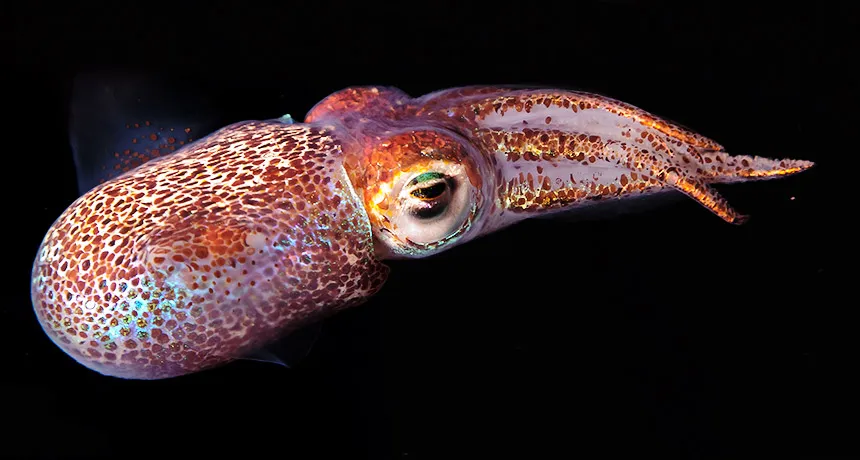Bobtail squid coat their eggs in antifungal goo
Females have a special organ that houses protective bacteria for the jellylike coating

BOBTAIL BACTERIA Hawaiian bobtail squid have a secret weapon to protect their eggs and offspring: fungus-fighting bacteria.
M. McFall-Ngai/PLOS Biology 2014






